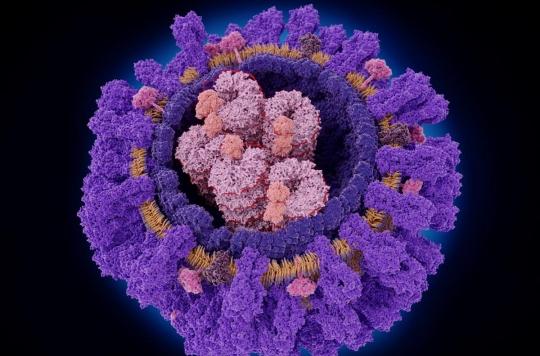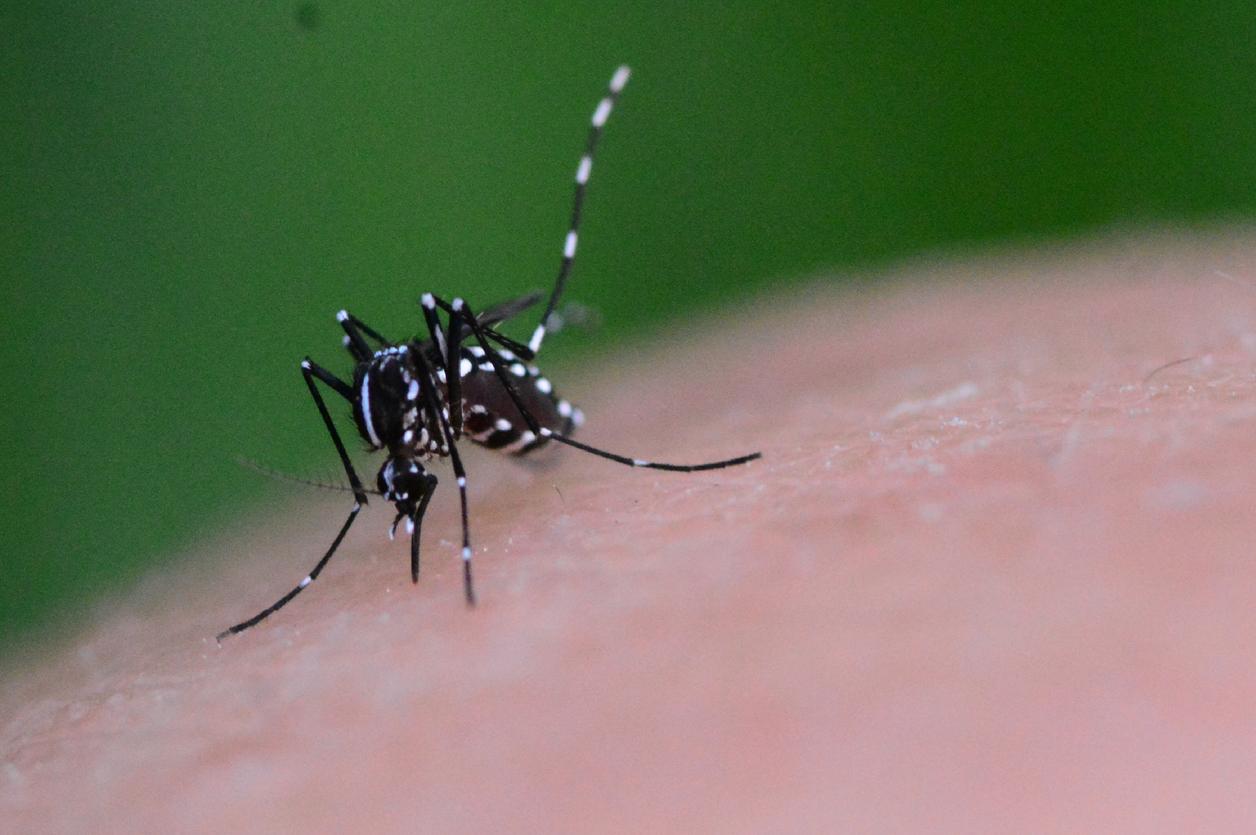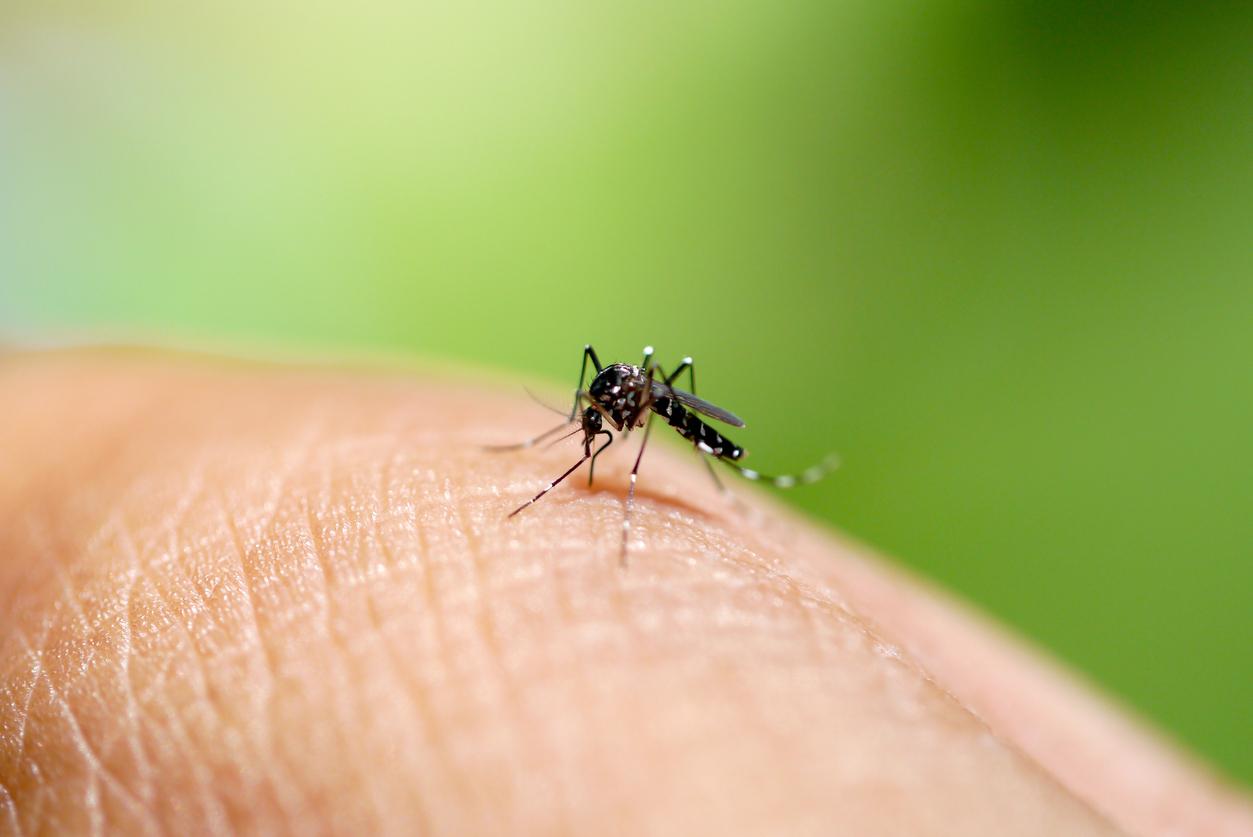The Spanish flu would have started to strike two years before what we thought so far. But instead of developing a vaccine, authorities at the time reportedly considered the disease a minor infection.

The Spanish flu could have been prevented, according to a new study. Indeed, the virus would have appeared two years before the start of the pandemic, without being taken seriously by the authorities of the time.
The Spanish flu is due to a particularly virulent and contagious strain (H1N1) of influenza which officially spread from 1918 to 1919. This pandemic caused 50 million deaths according to the Pasteur Institute, and up to 100 million according to some recent revaluations, i.e. 2.5 to 5% of the world’s population. It would be the most deadly pandemic in history in such a short period of time, ahead of the 34 million deaths from the Black Death. Lhe greatest losses affected India (18.5 million dead), China (4 to 9.5 million dead) and Europe (2.3 million dead).
A minor infection
According to research, the flu began to kill soldiers in Etaples, France, and Aldershot, England as early as 1916. Eight genes of the virus would have already emerged by then. But instead of developing a vaccine, authorities at the time reportedly considered the disease a minor infection.
“We have identified long-neglected foci of infection: foci which, considered minor at the time, can now be seen as increasingly important and as a harbinger of the catastrophe to come”, explains the great Influenza specialist John S. Oxford, of Queen Mary University of London.
“The virus must have mutated”
“The research undertaken on the outbreak at Etaples was particularly exhaustive in scope and depth. Not only were the usual medical examinations carried out at the time, but a post-mortem examination of every soldier who died of was carried out over a period of seven weeks in early 1917,” he adds.
The virus is said to have first affected geese, ducks and swans, then was transmitted to soldiers through the droppings of migrating waterfowl. Then, “the virus had to mutate. It acquired a marked ability to spread”, continues Professor Oxford, whose research aims to prevent new epidemics. “The outbreak of the early 20th century could easily be repeated,” he warns.
.

















